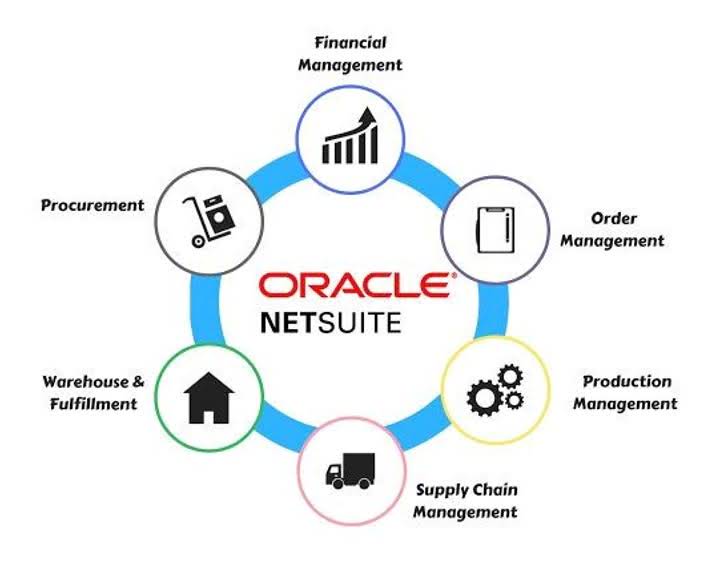7 11: Flexible Budgets Business LibreTexts

On the contrary, the line is too long if dropping items can increase profits. They have to consider these two extremes of the product line and have to strike a balance between them. A product mix or assortment is the set of all products and items that a particular seller offers for sale.

4 Flexible Budgets
- For Example, A company has prepared a flexible budget and expects an output of 500 units.
- In contrast, flexible budgets adjust according to changes in activity levels, offering a more responsive approach to financial planning.
- They allow businesses to compare actual results against budgeted figures that have been adjusted for the actual level of activity, offering a clearer picture of operational efficiency and cost management.
- Management buy-in and employee training are essential for successful implementation.
- Since revenues and variable costs vary directly with number of units, we need to calculate budgeted price and variable costs per unit by dividing static budget amounts by 30,000 budgeted units.
- A static budget is one that is prepared based on a single level of output for a given period.
This complexity can make the budgeting process more time-consuming and challenging to manage. This responsive approach allows for more accurate financial forecasting and better resource allocation, Debt to Asset Ratio aligning expenses closely with operational activity. According to this data, the monthly flexible budget would be $35,000 + $8 per MH. For control purposes, the accountant then compares the budget to actual data.
4: Prepare Flexible Budgets
A flexible budget solves this by adjusting costs and revenues based on the actual activity level. This means what are retained earnings variable costs increase or decrease as activity changes, while fixed costs remain constant (within the relevant range). For Larry’s Lawn Service, if he ends up mowing 600 lawns instead of 500, a flexible budget would recalibrate all cost and revenue expectations accordingly. Flexible budgets are typically prepared for different levels of activity, enabling organizations to analyze variances more accurately. They help managers identify which costs are variable and how they behave under different operational scenarios.

Intermediate: Factors in multiple cost variables

In the case of a a flexible budget may be prepared typical business, if it is newly started, it becomes tough to predict the demand for the products/services accurately. These budgets are different in different levels of activities, which facilitate the ascertainment of fixation of cost, selling prices, and tendering of quotations. At first, you need to analyze the range under which the activity is expected to fluctuate. However, it is suitable when there is a probability of fluctuations in fixed costs. This level takes into care of all the possible augmentations and transformations the product might undergo in the future.
4 Prepare Flexible Budgets
Advanced flexible budgets incorporate predictive analytics to adjust for complex cost relationships. These systems use historical data, machine learning, and real-time market indicators to automatically recalibrate budget assumptions as conditions change throughout the budget period. Fixed costs such as rent and salaries stay constant regardless of activity levels, while variable expenses fluctuate proportionally.
